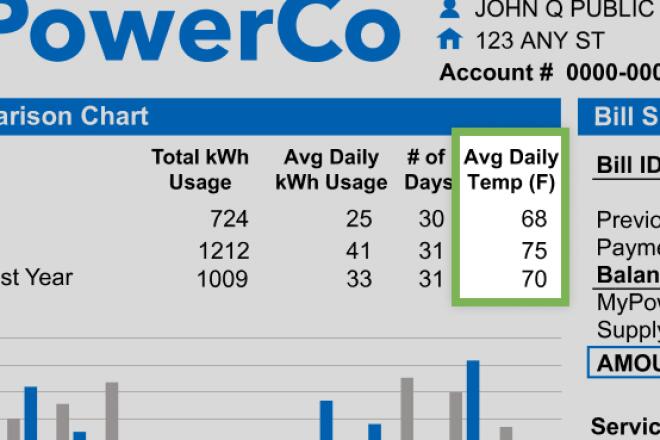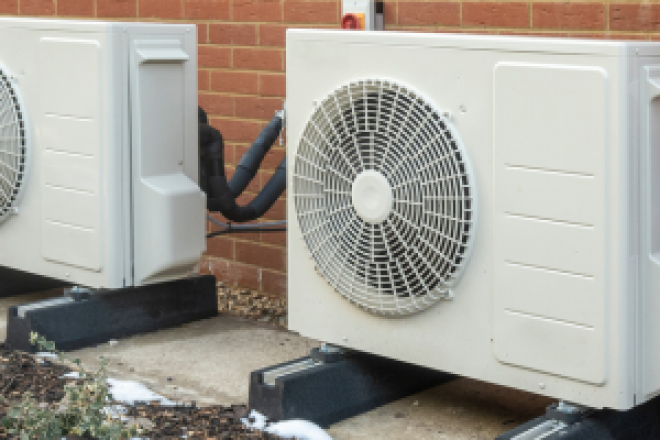5 Low-Cost Energy Improvements for Your Home
With its milder temperatures and lower humidity, autumn is a great time to make energy-efficient improvements and other energy-related changes around your home (as we noted in this recent blog post). However, some improvements, like upgrading your HVAC system or installing solar panels on your roof, can put some serious strain on your wallet – even if they end up paying for themselves in the long run.
In this month’s blog, we look at five steps you can take relatively little cost to you:
1. Weatherize your home to prevent overworking your heating system.
Ensuring that your home is sealed to the elements is an essential first step being more energy efficient. If you have air coming in around your doors and windows or in the attic, you’re likely wasting a lot of the warm air your heating system is producing. Caulking and weatherstripping are two easy ways to seal leaks around your home. Use caulk around stationary features, such as window frames, and weatherstripping for components that move, like doors and windows. Both items can be purchased at little cost to you, and according to the Department of Energy, air-sealing an old or drafty home can save you up to 20 percent of heating and cooling bills.
2. Take these steps to lower your water heating usage.
Water heating is one of the main users of energy in most homes. Fortunately, there are a few ways that you can reduce your water heating costs without having to buy a new energy-efficient system. According to EnergySage, you can use less hot water during your daily routine, lower the thermostat on the water heater or insulate your water heater and the first six feet of hot and cold water pipes. A top-rated water heater blanket can be had for around $50, and according to the Department of Energy, can save you up to 16 percent in water heating costs.
3. Change the direction of your fan to warm – not cool – your home.
Did you know that you can change the direction of your ceiling fans? While everyone’s familiar with the cooling effect of fans during hot weather months, not everyone knows that they can also help keep your home comfortable – and costs down – during cold weather months. Before cold, winter temperatures arrive to your area, make sure to switch your fan to run clockwise and turn it on its lowest speed. This will pull cooler air toward your ceiling, which will push down the warmer air that collects at the top of a room. According to the Department of Energy, you can save up to 15 percent on your energy bills with this little-known trick.
4. Swap your most-used light bulbs for energy-efficient LEDs.
LED bulbs have been transformative for residential electricity usage in the United States over the last decade, and switching your most-used light fixtures to LEDs is one of the smartest energy efficiency upgrades you can make at home. LED bulbs use at least 75 percent less energy and last up to 25 times longer than traditional incandescent bulbs, according to the Department of Energy. You can upgrade your most-used bulbs around your house at relatively little cost to you – or go the whole way and replace everything. The Department of Energy estimates that the average household saves about $225 in energy costs per year by using LEDs.
5. Use blinds and other window coverings to the best of your advantage.
Finally, according to the Department of Energy, about 30 percent of a home’s heating energy is lost through windows. By using the appropriate window coverings – and adjusting them accordingly throughout the day – you can help prevent this loss of energy, while also increasing the comfort of your home and lowering your energy bills. In the winter when it’s sunny, open your blinds or shades in the morning to heat your home throughout the day, particularly the windows that receive direct sunlight. If you already have window coverings in your home, optimizing their usage can result in noticeable energy savings for you at no cost.
These are just a few of the low- or no-cost energy improvements you can make at home. If you’re trying to lower your energy bills, reduce your carbon footprint and make your home a bit more comfortable through some DIY projects, check out our Ways to Save on Energy fact sheets here for additional tips and suggestions.



